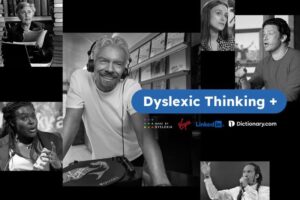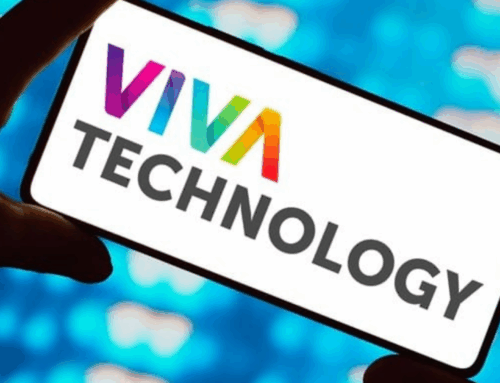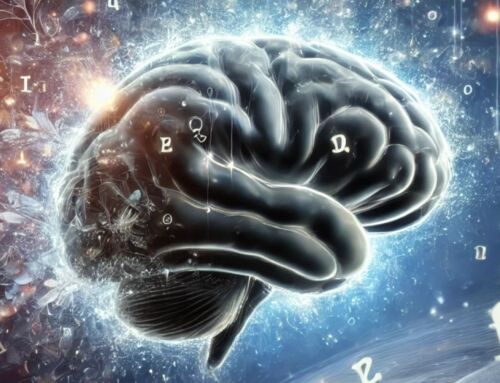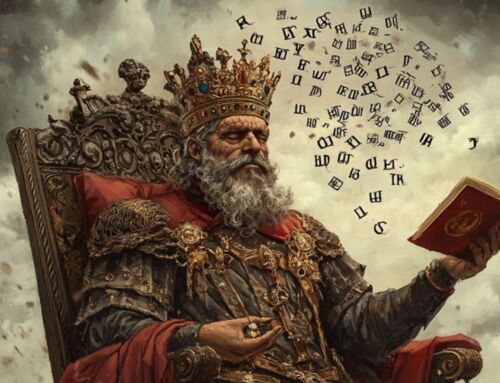In an era where artificial intelligence (AI) is rapidly integrating into our daily lives, perfectly simulating certain aspects of human intelligence, our society has recently celebrated the national day of DYS, highlighting invisible disorders such as dyslexia.
What if this disorder — defined as an invisible handicap in our European societies — is in fact another AI: Another Intelligence, of a phenomenal power still unknown?
Dr. Hélène TAYLOR, a researcher affiliated with the McDonald Institute for Archaeological Research at the University of Cambridge, states: “The vision of dyslexia centered on deficit does not tell the whole story. This research proposes a new framework to help us better understand the cognitive strengths of DYS.”
Definition of Dyslexia in the 21st Century
According to the Made by Dyslexia website, dyslexia affects up to 1 in 5 people and constitutes a genetic difference in an individual’s ability to learn and process information. As a result, dyslexic individuals have different abilities, with strengths in creativity, problem-solving, communication, and difficulties in spelling, reading, and memorizing facts.
Typically, a dyslexic cognitive profile will be uneven compared to a neurotypical cognitive profile. This means dyslexic people really think differently.
Traditional comparative analysis disadvantages dyslexics by measuring them against the very things they find difficult.
Dyslexic Thinking
“DyslexIA, dyslexic thinking” is a concept that highlights the unique way in which people with dyslexia perceive and interact with the world around them.
It is about recognizing that dyslexia, while it can present challenges with reading, writing and understanding written words, is also associated with specific skills and abilities that are worth celebrating. Here are some key aspects of “dyslexic thinking”:
- Creativity: Dyslexic individuals often have creative and original thinking. Their ability to see things from a different perspective can make them excellent in areas such as art, music, innovation, and problem-solving.
- Three-Dimensional Thinking: Dyslexia is often associated with the ability to think in three dimensions. This can be a valuable asset in fields such as architectural design, mapping, and engineering.
- Global Perspective: Dyslexic individuals tend to have an overall view of situations. They can make connections between seemingly disparate elements and see global patterns.
- Resilience and Perseverance: Due to the challenges they face, many dyslexic people develop great resilience and exceptional perseverance. They are ready to take on challenges and overcome obstacles.
- Conceptual Thinking: Dyslexic individuals often have conceptual thinking skills, which means they are good at understanding abstract ideas and complex concepts.
- Innovation: Dyslexia can encourage innovation. Dyslexic individuals tend to think outside the box and bring new and original solutions.
It is important to recognize that dyslexia is not a disability, but rather an aspect of human diversity. “Dyslexic thinking” is a celebration of the unique skills and perspectives that dyslexic individuals bring to the world. It emphasizes the importance of creating inclusive environments that allow everyone to realize their potential, regardless of their thinking style.







